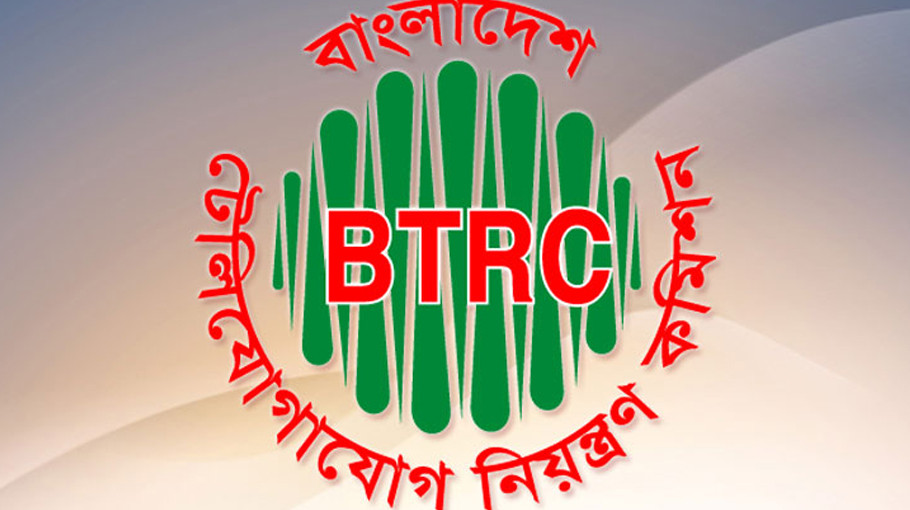
Social media has become an integral part of modern life, particularly among the youth. Platforms like Instagram, TikTok, Snapchat, and Twitter shape how young people interact, express themselves, and perceive the world around them. This report delves into the social media trends influencing today’s youth, examining their implications for communication, self-esteem, activism, and mental health.
Social media has revolutionized the way we communicate and engage with the world. For the younger generation, these platforms are not just tools for social interaction but also sources of information, entertainment, and identity formation. As social media continues to evolve, understanding its impact on youth becomes increasingly crucial. This report explores the key trends in social media usage among young people and their broader implications.
Key Social Media Platforms
1,Facebook
Facebook, once the dominant social media platform for all age groups, has seen a shift in its user base among the younger generation. While Facebook remains widely used, its appeal to younger users, particularly teens and young adults, has evolved. This shift can be attributed to several key trends. Younger users are increasingly gravitating toward platforms like Instagram, Snapchat, and TikTok, which offer more dynamic, visual, and interactive experiences. These platforms allow for more creative expression through short videos, stories, and filters, which are highly appealing to this demographic.
2. Instagram
Instagram remains a dominant platform for young users, primarily due to its visual-centric nature. Features like Stories, Reels, and IGTV provide various ways for users to share their lives, from daily activities to creative projects. The platform’s emphasis on aesthetics and filters often drives trends in fashion, beauty, and lifestyle.
3. TikTok
TikTok has rapidly gained popularity, particularly among Gen Z. The platform’s short-form video format encourages creativity and spontaneity. Viral challenges, dance trends, and memes spread quickly, making TikTok a powerful tool for influence and entertainment.
4. Snapchat
Snapchat is known for its ephemeral content, which allows users to share moments that disappear after 24 hours. The platform’s use of filters and AR lenses has popularized new forms of self-expression and communication among youth.
5. Twitter
Twitter’s concise format and real-time updates make it a hub for discussions on current events, social issues, and trends. Hashtags and trending topics help users engage with broader conversations and participate in global discussions.
Influence on Communication and Relationships
1 Changing Modes of Communication
Social media has transformed how young people communicate, often favoring instant messaging and multimedia sharing over traditional phone calls and face-to-face interactions. Platforms like WhatsApp and Messenger offer convenient ways to stay in touch, but they also shift communication dynamics, sometimes leading to misunderstandings and reduced depth in conversations.
2 Formation of Online Communities
Social media allows young people to find and join communities based on shared interests and experiences. These online communities can offer support and validation, helping individuals connect with like-minded peers and explore their identities. However, they can also lead to echo chambers, where users are exposed only to viewpoints that reinforce their own beliefs.
Impact on Self-Esteem and Identity
1 Curated Self-Presentation
Social media encourages users to curate their online personas, often leading to an idealized representation of their lives. The pressure to present a perfect image can affect self-esteem, especially when comparing oneself to influencers or peers who seem to have flawless lives.
2 Influence of Influencers
Influencers play a significant role in shaping trends and perceptions among youth. Their endorsement of products, lifestyles, and beauty standards can impact young people’s self-image and purchasing behaviors. The constant exposure to influencer content can create unrealistic expectations and pressure to conform to certain standards.
Social Media and Activism
1 Platform for Social Change
Social media has become a powerful tool for activism, allowing young people to raise awareness about social issues and mobilize support. Campaigns like #BlackLivesMatter and #MeToo have shown how social media can drive social change and amplify marginalized voices.
2 Challenges and Criticisms
While social media activism can be impactful, it also faces criticisms. The phenomenon of “slacktivism,” where individuals engage in minimal effort activism online without real-world action, can undermine the effectiveness of social movements. Additionally, the spread of misinformation and echo chambers can distort the focus of activist campaigns.
Mental Health Considerations
1 Positive and Negative Effects
Social media can have both positive and negative effects on mental health. On the positive side, it can provide a sense of connection, reduce feelings of loneliness, and offer access to mental health resources. On the negative side, excessive use, cyberbullying, and exposure to harmful content can contribute to anxiety, depression, and other mental health issues.
2 Strategies for Healthy Use
Promoting healthy social media use among youth involves education on digital literacy, encouraging breaks from screens, and fostering open communication about online experiences. Parents, educators, and mental health professionals play crucial roles in supporting young people in navigating social media responsibly.
Future Trends and Predictions
1 Evolving Platforms
As technology advances, new social media platforms and features will emerge. Future trends may include the rise of augmented reality (AR) and virtual reality (VR) experiences, further blurring the line between physical and digital interactions.
2 Changing User Behaviors
User behaviors and preferences will continue to evolve. For instance, the growing concern over privacy and data security may lead to shifts towards platforms that prioritize user control and transparency.
Social media has profoundly impacted the lives of young people, influencing how they communicate, perceive themselves, and engage with the world. While it offers numerous opportunities for connection and expression, it also presents challenges that need to be addressed. Understanding these trends and their implications is crucial for supporting youth in navigating the digital landscape effectively and healthily.
Recommendations
Promote Digital Literacy: Educate young people about responsible social media use, including understanding algorithms, privacy settings, and the impact of online behavior.
Encourage Balanced Use: Advocate for balanced screen time and offline activities to reduce the risk of negative mental health effects.
Support Mental Health: Provide resources and support for mental health issues related to social media use, including counseling and peer support networks.
Foster Positive Online Communities: Encourage participation in positive online communities that offer support and constructive engagement.
By focusing on these recommendations, we can help young people harness the benefits of social media while mitigating its potential downsides.

 A.B.M. Abir
A.B.M. Abir 























